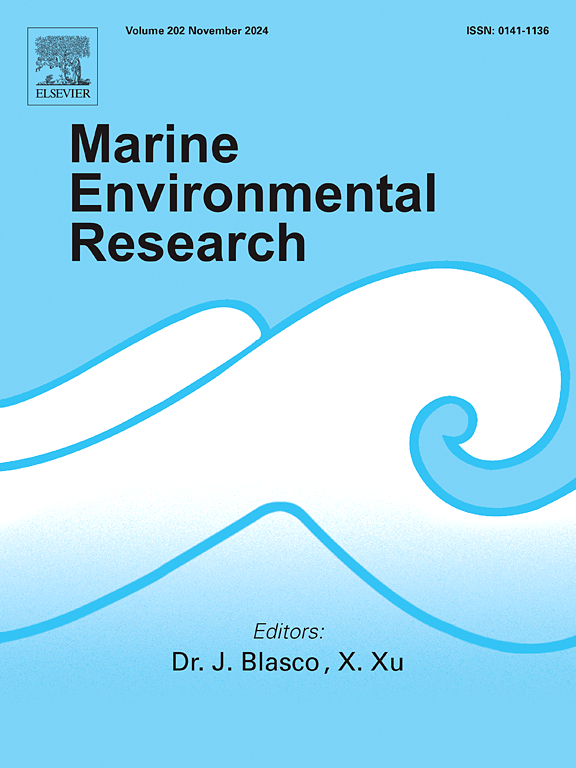Unlocking N2O respiratory pathways in Stutzerimonas stutzeri PRE-2: Implications for reducing N2O emissions from estuaries
IF 3
3区 环境科学与生态学
Q2 ENVIRONMENTAL SCIENCES
引用次数: 0
Abstract
Although nitrogen cycling in nitrogen-enriched estuaries is highly active, the reported nitrous oxide (N2O) emission factor (EF5e) values for N2O emissions in estuarine environments are usually low. Therefore, biological or abiotic mechanisms control the emission of N2O from estuarine ecosystems. In this study, a pure culture of N2O-reducing bacteria was isolated from Pearl River Estuary surface sediment and identified as Stutzerimonas stutzeri PRE-2. This strain displayed a high N2O reduction capability, and the average N2O reduction rate was 17.93 ± 0.43 μmol h−1 under anoxic conditions. This reduction of N2O was coupled with the stoichiometric consumption of acetate or lactate as electron donors, suggesting that microbial N2O reduction involves electron transport. Furthermore, N2O reduction can yield energy that supports microbial growth. Genomic analysis demonstrated that the strain Stutzerimonas stutzeri PRE-2 contains a complete pathway for the reduction of N2O to N2. Typical respiratory chain inhibitors did not significantly inhibit N2O reduction activity, demonstrating that the electron transfer pathway involved in N2O reduction is unique compared to the classic respiratory chain. The integrated evidence suggests that microbial N2O reduction by Stutzerimonas stutzeri PRE-2 involves N2O respiration and may play an important role in reducing N2O emissions in estuarine ecosystems.
求助全文
约1分钟内获得全文
求助全文
来源期刊

Marine environmental research
环境科学-毒理学
CiteScore
5.90
自引率
3.00%
发文量
217
审稿时长
46 days
期刊介绍:
Marine Environmental Research publishes original research papers on chemical, physical, and biological interactions in the oceans and coastal waters. The journal serves as a forum for new information on biology, chemistry, and toxicology and syntheses that advance understanding of marine environmental processes.
Submission of multidisciplinary studies is encouraged. Studies that utilize experimental approaches to clarify the roles of anthropogenic and natural causes of changes in marine ecosystems are especially welcome, as are those studies that represent new developments of a theoretical or conceptual aspect of marine science. All papers published in this journal are reviewed by qualified peers prior to acceptance and publication. Examples of topics considered to be appropriate for the journal include, but are not limited to, the following:
– The extent, persistence, and consequences of change and the recovery from such change in natural marine systems
– The biochemical, physiological, and ecological consequences of contaminants to marine organisms and ecosystems
– The biogeochemistry of naturally occurring and anthropogenic substances
– Models that describe and predict the above processes
– Monitoring studies, to the extent that their results provide new information on functional processes
– Methodological papers describing improved quantitative techniques for the marine sciences.
 求助内容:
求助内容: 应助结果提醒方式:
应助结果提醒方式:


